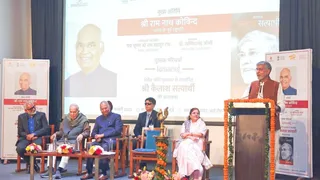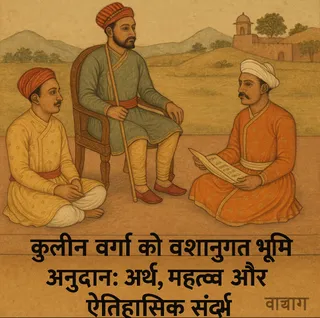The Lodi dynasty, an Afghan dynasty, ruled the Delhi Sultanate from 1451 to 1526 CE. Their reign marked a significant period in Indian history, characterized by both consolidation of power and ultimately, the dynasty's demise at the hands of the rising Mughal empire. The Lodi rulers, though of foreign origin, left their mark on the political, administrative, and cultural landscape of northern India.
Rise to Power and Key Rulers:
The dynasty's founder, Bahlul Lodi (1451-1489 CE), skillfully navigated the fragmented political landscape following the decline of the Sayyid dynasty. Through shrewd alliances and military prowess, he consolidated his power and established a strong foundation for the Lodi rule. His son, Sikander Lodi (1489-1517 CE), expanded the kingdom further, extending his influence into Punjab and Eastern Rajputana. Known for his administrative reforms and ambitious building projects, Sikander Lodi left a strong impact on the region. He promoted agriculture and improved the irrigation system. He also established new cities, including Agra, which later rose to prominence under the Mughals.
Administrative Reforms and Cultural Contributions:
The Lodi rulers implemented significant administrative reforms aimed at strengthening the centralized government. They improved the tax collection system, streamlined the judiciary, and organized the army more effectively. While primarily focusing on consolidation and administration, the Lodis also contributed to cultural development. They patronized art and architecture, leading to the construction of magnificent mosques and other structures, reflecting a blend of Afghan and Indian architectural styles. Their patronage also extended to literature and scholarship, though perhaps to a lesser extent compared to some earlier dynasties.
Significant Architectural Achievements:
The Lodi dynasty's architectural legacy is noteworthy. Their structures, particularly mosques, are distinguished by a blend of styles. The use of brick and the introduction of features like high domes and pointed arches are characteristic of their architecture. The Jama Masjid in Delhi, built during Sikander Lodi's reign, exemplifies this style. The emphasis on functional and aesthetically pleasing structures demonstrates their architectural acumen and contribution to the architectural history of India.
Decline and Fall:
The reign of Ibrahim Lodi (1517-1526 CE), Sikander Lodi's son, marked the beginning of the dynasty's decline. His autocratic rule and alienation of powerful nobles created internal instability within the empire. This weakness paved the way for Babur, the founder of the Mughal empire, to invade India. The First Battle of Panipat in 1526 CE resulted in Ibrahim Lodi's defeat and death, marking the end of the Lodi dynasty and the beginning of Mughal rule in India.
Legacy:
Despite their relatively short reign, the Lodi dynasty played a crucial role in shaping the course of Indian history. Their administrative reforms and architectural contributions left a lasting impact. They demonstrated the capacity of Afghan rulers to consolidate and administer a large kingdom in India. Though they couldn't withstand the rising tide of the Mughals, their legacy remains an essential chapter in the history of the Delhi Sultanate.





























 (24)jpeg-1722421859875.jpeg.webp)



























